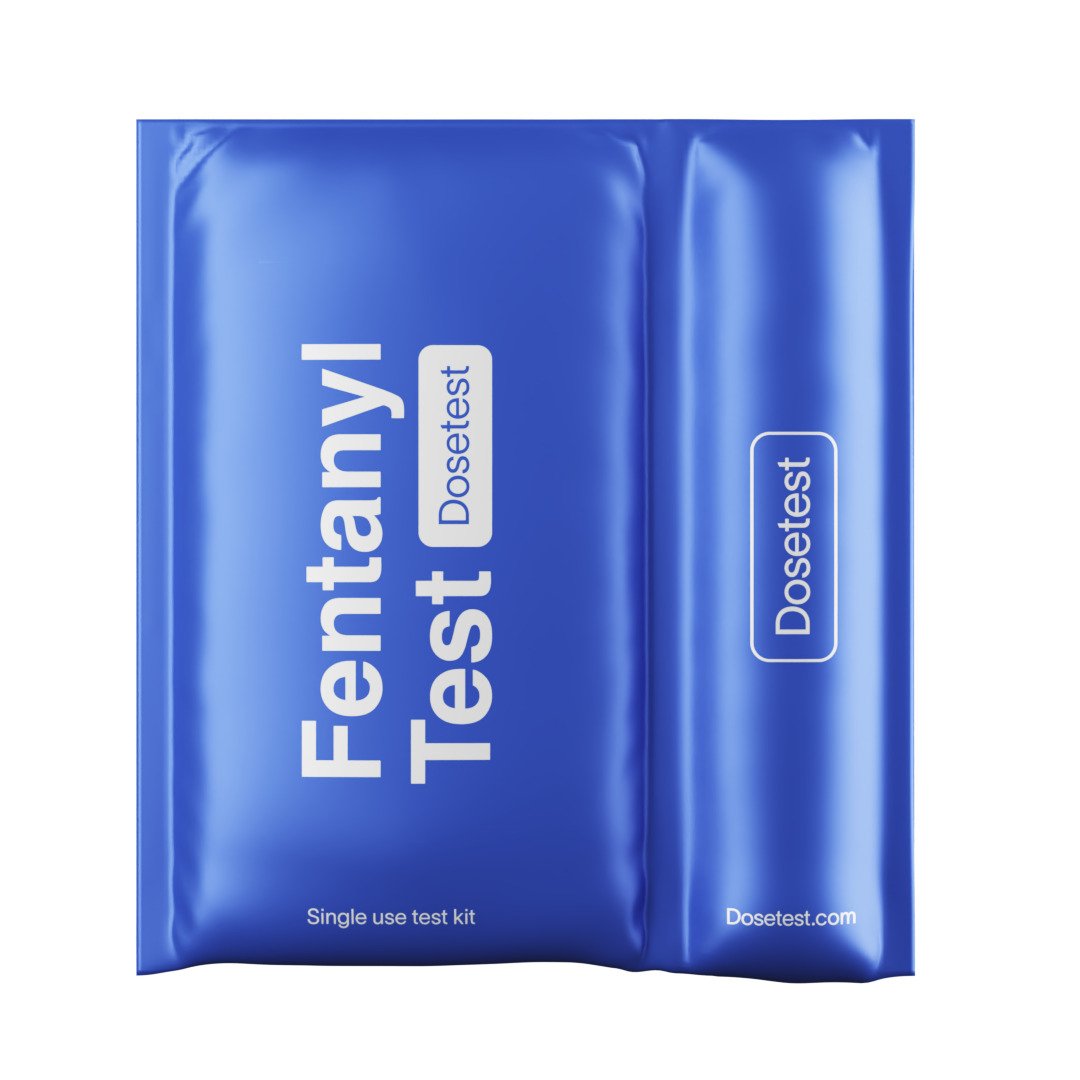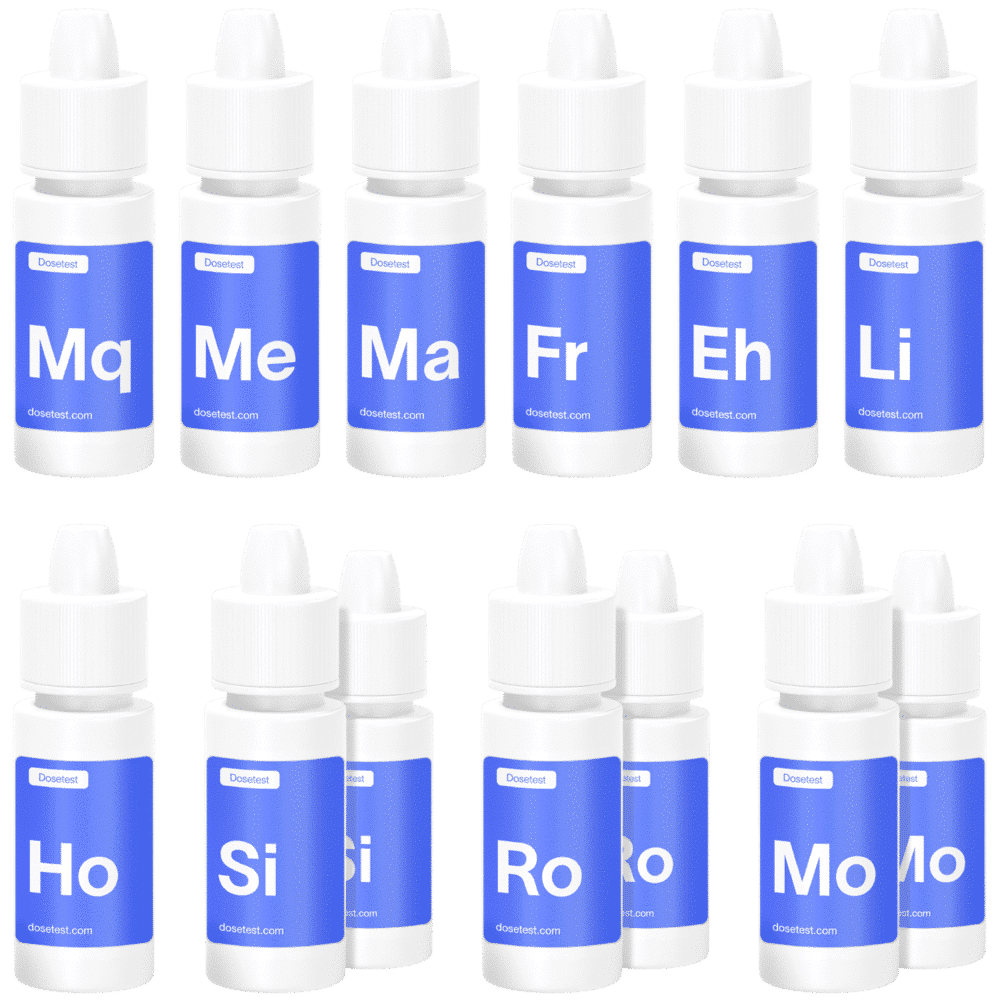It may go by many names, but the core component of all your molly, mandy, ecstasy etc remains the same: 3,4-methylenedioxymethamphetamine, or MDMA.
This unassuming little molecule would be classed as an empathogen according to the Drugs Wheel (meaning that it induces a feeling of emotional connectedness and openness), but anyone who’s used it would tell you that it’s also a powerful stimulant and, just occasionally, it has even been reported to have psychedelic effects.
So what’s actually in your MDMA?
Without testing, you can’t know (and neither can your dealer). If you do choose to use MDMA, some form of testing is vital to doing so as safely as possible. If a lab-testing service isn’t available to you, the next best thing would be conducting your own using testing reagents like Marquis or Mecke reagents.
However, by looking at the extensive results provided by testing organisations around the world, we can get a pretty good idea of what other substances are in circulation.
What are the most common substances found in MDMA?
Dozens of different substances have been identified in samples that were sold as MDMA, serving different purposes and presenting different levels of risk to the consumer.
These can vary from region to region, so depending on where you are you may never encounter some of those listed below, or you may come across something that isn’t listed at all.
MDA
This is by far the most common substance to show up in MDMA as a “contaminant”, or a substance which shows up in MDMA accidentally as a result of an error in the synthesis process. Fortunately, it’s not too much of an issue in most cases – some studies have shown it to be relatively more cardiotoxic with extended use, but it is highly unlikely to cause any short-term problems. The experience of MDA is broadly similar to that of MDMA, although it is generally described as less stimulating and more psychedelic, so you may not even notice the difference if this shows up.
One notable exception to usual trends is in Australia, where MDA is widely used both as MDA itself and in the belief that it is MDMA. We would have assumed that this was due to some peculiarities in what’s locally available for synthesis, but it’s possible to synthesise MDMA from MDA using widely-available agents, so it’s a little unclear to us why this is the case. In neighbouring New Zealand, this trend has not been observed.
You probably don’t need us to tell you about the most popular drug in the world, but you may be surprised to see it pop up here. Caffeine is the most commonly used “bulking agent”, a cheaper substance which is intentionally added to stretch out a limited amount of MDMA in the hopes that the user won’t notice the difference (as opposed to using a non-psychoactive substance like paracetamol). The low price and potent, but broadly well-tolerated stimulant effects of caffeine make it a popular choice for dealers who want to stretch out their supply while being cautious with regards to killing their customers.
However, its worldwide popularity creates some drawbacks for its use in this regard. Because it’s much more familiar to users than meth or speed, for example, they’re more likely to notice the difference. Further, it’s almost certain that users will have some degree of tolerance to caffeine, so effects will vary widely and it’s near-impossible to pick a dose which will be effective for everyone without causing problems for some.
As with speed and meth below, this can pop up in samples anywhere in the world, and is much less prone to regional variations in price because caffeine is so ubiquitous.
Amphetamine and Methamphetamine
While each has its own lengthy history of recreational use, amphetamine and methamphetamine (speed and meth) also regularly appear in samples of pills and powder sold as MDMA and, like MDA, often go unnoticed by users. Unlike MDA, however, these substances can be extremely dangerous to unsuspecting users, as their potent stimulant effects can cause anything from panic attacks to fatal heart failure.
These can pop up anywhere, but the nature of their use is highly regionalised – in Europe, these substances are primarily used to bulk out MDMA much like caffeine, but everywhere else you’ll also commonly find samples which contain no MDMA at all.
PMA/PMMA, Methylone and N-Ethylpentylone
We’re grouping these substances together for historical reasons more than chemical ones, as they have all been used the same way with similar patterns of behaviour. MDMA price spikes don’t just drive adulteration, as we see with some of the substances discussed above, they can also push suppliers to look for alternative drugs which are used to replace MDMA entirely.
While these substances were occasionally mixed with MDMA, they were more commonly sold as MDMA without any of the real stuff present at all. While each has its own history, they all reached the peak of their use in the same way: they were mass-produced in regions where they are legal or legal-ish (most commonly in China) then transported to their consumer markets, usually Europe first then on to North America.
As they saturated these markets and started to cause problems, international pressure would build on producers to criminalise them, and production would shift to a new replacement. PMA and PMMA gave way to methylone, which gave way in turn to NEP. This is why you’d be very unlikely to come across PMA or methylone in your stash now, and NEP too is rapidly disappearing from supplies – at time of writing, the next in this chain has not yet emerged.
Others
We’ve discussed some of the common ones, but couldn’t possibly offer an exhaustive list. Any number of other substances, ranging from DXM or BZP to completely-unrelated drugs like ketamine and cocaine, have been sold as MDMA and without some means of accessing testing, the only way for users to find out what they’re taking is to take it.
What do the statistics show?
- USA
DanceSafe is an organization that has been promoting harm reduction since 1998. While providing drug testing at events throughout the United States from 2010 to 2015 they found that only 60% of the 529 samples collected contained MDMA.
DrugsData, meanwhile, offers lab-testing by mail, receiving samples for analysis from all over the world.
They tested 1794 suspected MDMA samples from the USA from 2009 to 2019, finding that only 749 samples contained solely MDMA. The rest (1045 samples) were found to contain MDMA mixed with something else, or even completely different substances: methamphetamine, methylone & many more.
- Australia
Pill Testing Australia, a consortium consisting of several different organizations in Australia, is the first to conduct on-site drug testing in Australian festivals.
They have some very interesting results from their second pilot event at 2019’s Groovin The Moo festival: out of 147 samples expected to be MDMA, “there were 3 samples identified as MDA, 5 identified as N-ethyl butylone (eutylone) and 1 sample identified as N-ethyl pentylone”
- United Kingdom
WEDINOS is an organization that offers lab-testing via sending in a sample via post for people in the UK.
From 2014 to 2015 they tested 76 samples that were suspected MDMA.
Out of 76 samples expected to be MDMA, 52% contained only MDMA, 46% contained another substance, 1% contained MDMA mixed with another substance, and 1% was an unknown compound they weren’t able to test further.
“The most commonly identified MDMA substitutes were the synthetic cathinones: alpha-PVP, methylone, and ethylone.”
- Netherlands
DIMS offers laboratory tests, where anybody can walk in and hand in a sample for testing, and then receive the complete lab-results a week later.
As the Netherlands is one of the main countries where MDMA is produced, it tends to generally be found without adulterants, however, they note Caffeine, Amphetamine, mCPP as well as PMMA adulterants/substitutes for MDMA.
More interesting, though, is that they have seen a steady increase in the dosage in MDMA pills:
“In 2014, 3 percent of the samples supplied contained more than 200 milligrams of MDMA, in 2018 that increased to 17 percent. The strongest pill contained 296 milligrams of MDMA.”
With recommended doses hovering around 80-120mg, this makes for a dangerous situation with people taking these powerful pills, and overdose deaths have been reported across Europe as a result.
- Spain
Energy Control is internationally well-known for its international send in mail lab-testing service and on-site testing at festivals. They tested 6200 suspected MDMA samples between 2000 and 2014 and differentiate between crystal and pills in their results.
In 3758 crystal samples, there was an adulteration rate of 22.7%, and they noted that “Caffeine was the main psychoactive adulterant found in adulterated crystal samples followed by phenacetin, lidocaine, and paracetamol”
In the 2403 pill samples, however, the likelihood adulteration was 43.4% and commonly contained mCPP, Metoclopramide as well as 2CB as adulterants.
- Who is ‘Molly’? MDMA Adulterants by Product Name and the Impact of Harm-Reduction Services at Raves
- DrugsData (Formerly EcstasyData)
- Pill Testing Australia – 2nd Pill Testing Pilot
- WEDINOS Annual Report 2014-15
- Dims Annual Report 2018
- Crystals and tablets in the Spanish ecstasy market 2000–2014: Are they the same or different in terms of purity and adulteration?
- The Drugs Wheel
- Ecstasy Use in Australia
- Trends in Drug Use in Auckland, Wellington and Christchurch
- MDMA synthesis


